Description
Understanding Sulfamethoxazole-Trimethoprim: Uses, Benefits, and Considerations
Sulfamethoxazole-Trimethoprim (commonly known by the brand name Bactrim or Septra) is an antibiotic combination that plays a crucial role in the treatment of various bacterial infections. This article delves into its composition, uses, benefits, potential side effects, and the importance of appropriate medical guidance when using this medication.
Composition and Mechanism of Action
Sulfamethoxazole (SMX) and Trimethoprim (TMP) are two distinct antibiotics that work synergistically to inhibit bacterial growth.
- Sulfamethoxazole is a sulfonamide antibiotic that functions by inhibiting the synthesis of folate in bacteria, which is essential for DNA and RNA production.
- Trimethoprim complements this action by interfering with another step in the folate pathway, making it more effective than either drug alone.
By targeting different steps in the same biochemical pathway, the combination significantly enhances the antimicrobial efficacy against a wide range of pathogens.
Indications for Use
Sulfamethoxazole-Trimethoprim is prescribed for several infectious conditions, including:
- Urinary Tract Infections (UTIs): It is commonly used to treat uncomplicated UTIs caused by susceptible bacteria.
- Respiratory Infections: The medication can be effective against acute exacerbations of chronic bronchitis and certain types of pneumonia.
- Gastrointestinal Infections: It is indicated for infections like traveler’s diarrhea caused by certain strains of Escherichia coli.
- Bacterial Infections: It is also utilized for skin infections, including cellulitis and certain types of abscesses.
Advantages of Sulfamethoxazole-Trimethoprim
- Broad Spectrum: The combination has a broad spectrum of activity against Gram-positive and Gram-negative bacteria, making it useful for treating various infections.
- Synergistic Effects: The synergy between SMX and TMP helps reduce the chances of resistance developing, as it is less likely that bacteria will simultaneously develop resistance to both components.
- Oral and Parenteral Formulations: It is available in both oral and injectable forms, providing flexibility in treatment options based on severity and patient needs.
Potential Side Effects
While Sulfamethoxazole-Trimethoprim is generally well-tolerated, some side effects can occur:
- Gastrointestinal Distress: Nausea, vomiting, and diarrhea are among the most common adverse effects.
- Allergic Reactions: Some individuals may experience rashes, itching, or more severe allergic responses such as Stevens-Johnson syndrome.
- Hematological Effects: The drug can cause blood disorders, including thrombocytopenia and leukopenia, though these are less common.
- Liver and Renal Impairment: There is a potential risk of liver dysfunction and renal toxicity, particularly in patients with pre-existing conditions or those taking other nephrotoxic drugs.
Considerations and Precautions
Given the possibility of side effects and drug interactions, it is crucial for patients to inform their healthcare provider of their complete medical history and any medications they are currently taking. Special caution should be exercised in the following groups:
- Pregnant and Nursing Women: The use of Sulfamethoxazole-Trimethoprim during pregnancy, especially in the first trimester, should be avoided due to potential fetal risks. Appropriate alternatives should be considered.
- Patients with Allergies: Those with known allergies to sulfa drugs should not take this medication.
- Individuals with Kidney Issues: Because the drug is primarily excreted through the kidneys, dose adjustment may be required for those with renal impairment.
Conclusion
Sulfamethoxazole-Trimethoprim remains a cornerstone in the treatment of various bacterial infections due to its efficacy and dual-action mechanism. While it offers significant benefits, patients must use it under the guidance of healthcare professionals to minimize risks and manage potential side effects effectively. As antibiotic resistance continues to be a global health concern, responsible prescribing and usage of Sulfamethoxazole-Trimethoprim are imperative in ensuring its effectiveness for future generations. Always consult a healthcare provider before starting any new medication and follow their instructions carefully to achieve the best possible outcomes.

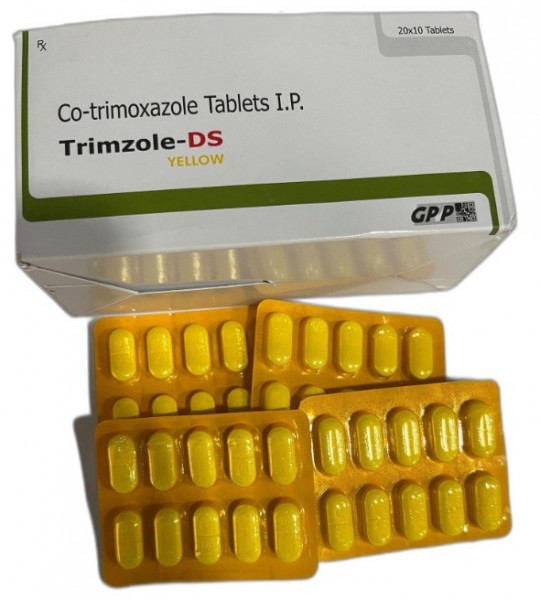
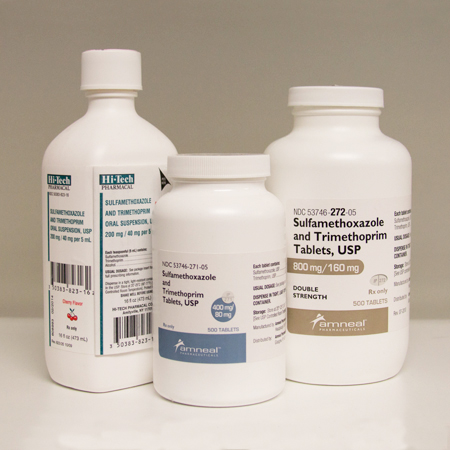

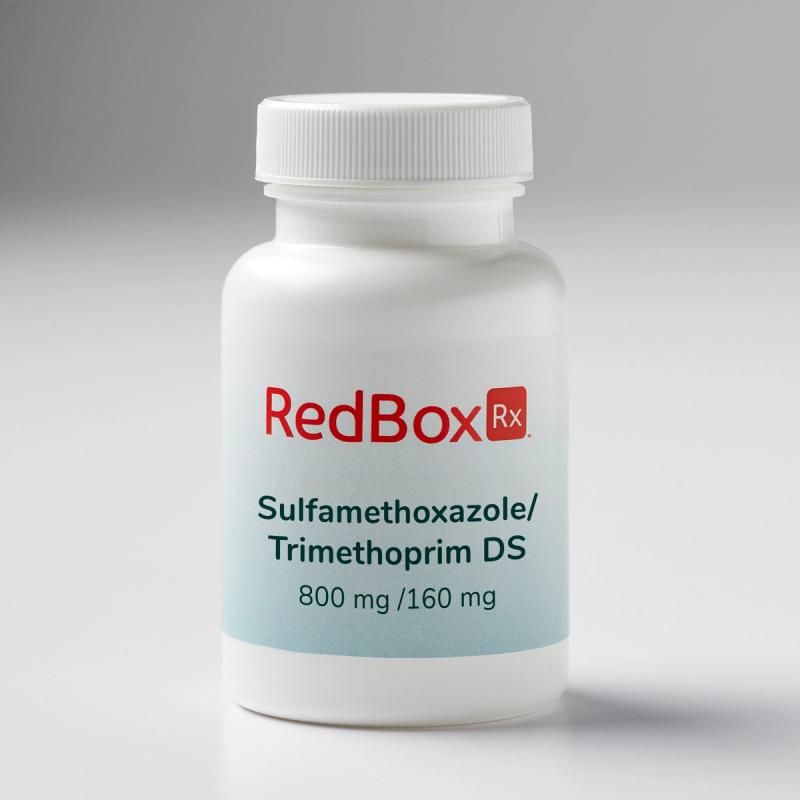
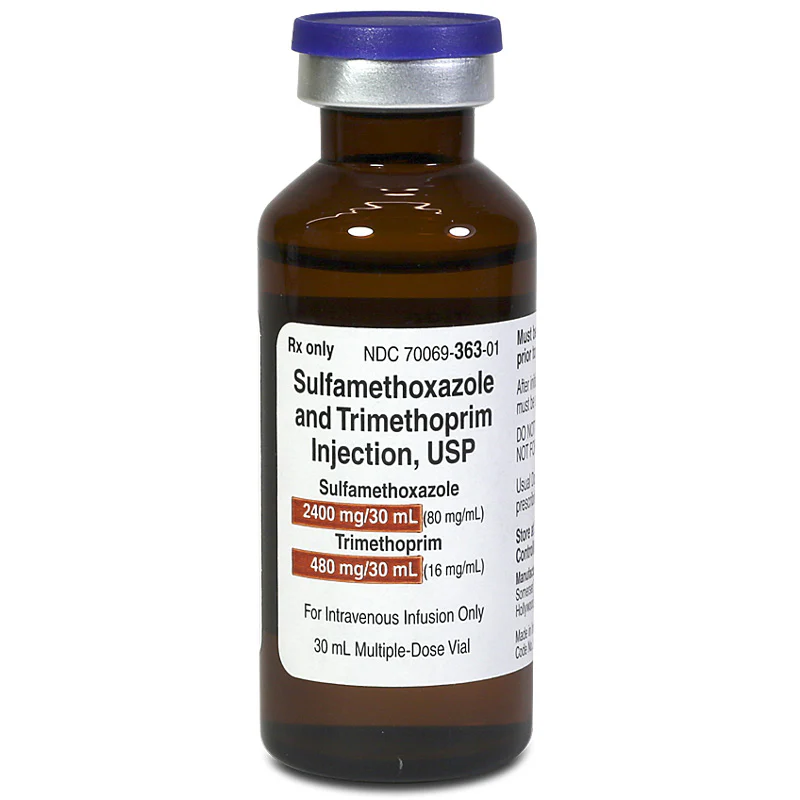









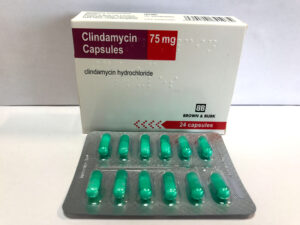
Reviews
There are no reviews yet.